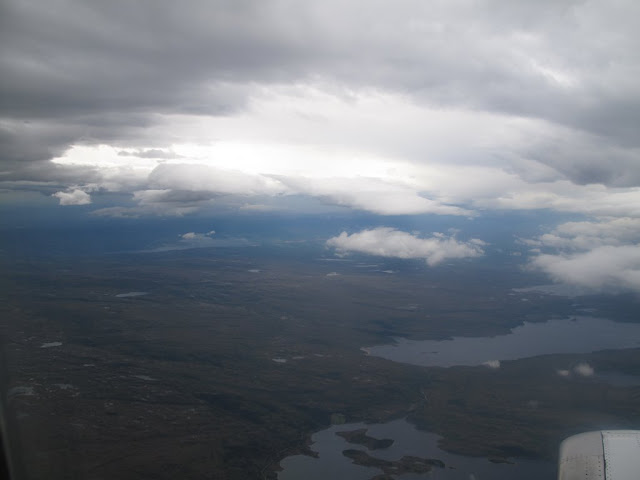
Visiting many temples and monasteries here I have been struck by what I perceive to be a paradox. At many of the temples, great care has gone into decoration and maintenance of offering places, however sometimes the buildings are run down, and they are often vacant. What was more disappointing for a westerner seeking to experience Buddhism and Hinduism was that the overall sense of peace and escape from the city atmosphere that I had expected I have not found. Late today we stumbled into a very large temple/stoopa built within a very small courtyard and people were actively making offerings. The structure was grand and beautiful, and there was the chanting of monks echoing down the entrance alleyway. I entered the space expecting a peaceful and humbling setting and took great care to observe the Nepali people around me so as to not interrupt any ongoing rituals. It came as a disappointment to see other Nepali people passing through the courtyard completely ignoring the women praying, and the only ritual that people seemed to be following was approaching a caretaker or priest of sorts to pay money in order to light candles. Some women were making prayer but they did not seem to mind the intrusion of our class or other secular pedestrians. I felt uncomfortable occupying space so close to those taking part in their religion that I moved to the next corner of the courtyard, where I found two Nepali women speaking on their cell phones (perhaps 10 feet from those at prayer). I had to keep moving as I found more pedestrians attempting to push their way through the courtyard on bike in transit and finally came to the back of the temple, which had open space and some beginning of a sense of peace. There was soothing drum music coming from a door which I found to be a shop selling Buddah, Ganesh and other deity figures. It was all so strange to me – things that I would have interpreted as sacred seemed to be turned into businesses of convenience and the one time I would think a culture would seek solitude and quiet was occurring in a minor pedestrian thoroughfare.
A conversation I overheard this morning has keep coming to mind. Two American expatriots were in the coffee shop that I found for breakfast and speaking of their past 2 to 5 years living in Nepal. While they had some lovely things to say about the place and people, they also had a lot of criticism. One that was repeated in many ways was a concern and distaste for the fact that (most) Nepali people seem to be only concerned for themselves. Even police here would rather not be bothered with the good of the people as long as they can maintain their personal jobs and provide for their families. These two Americans had worked for various NGOs and I can imagine their informed frustration was thought through more than my very short experience here allows me, but I have the inklings of a different perspective for this. Thinking of the many NGOs and volunteers I’ve encountered from the US and Europe I wonder if the phenomena of people caring for others is not a luxury of the wealthy. If I try to put myself into the life of a Nepali person, knowing everyday unsurity and insecurities of basic needs such as water, electricity, and home tenureship, I cannot imagine having room in my mind (or time in my life) to worry about the others around me. It is not an easy life here, and people have to work for their health and their survival. In the west, we have come to take these things for granted – I can leave my home in the US and know that whenever I choose to come back it will be standing, no one else will have taken it over, and that I have some form of legal right to the place – defendable in any court. I can drink water from most any source practically for free without worrying that I or any member of my family will lose their health from doing so. For the most part I have job security, or security of some kind of support in the event that I lose my job, I may even have money in the bank for such a downfall. These things are not existant in Nepal in the same manner, the Nepali people cannot take such basic needs (rights we may think of them in the west) for granted. They have to concern themselves with just getting by in life every day, solving their own issues, when and how do they find the luxury of time to look at those problems of others and attempt big problem solutions?














